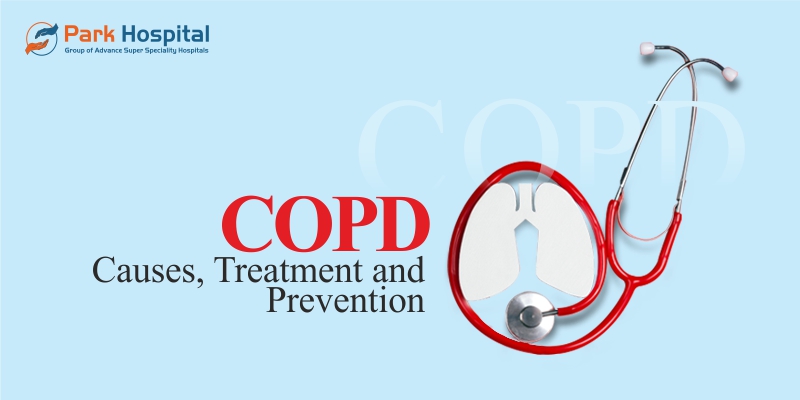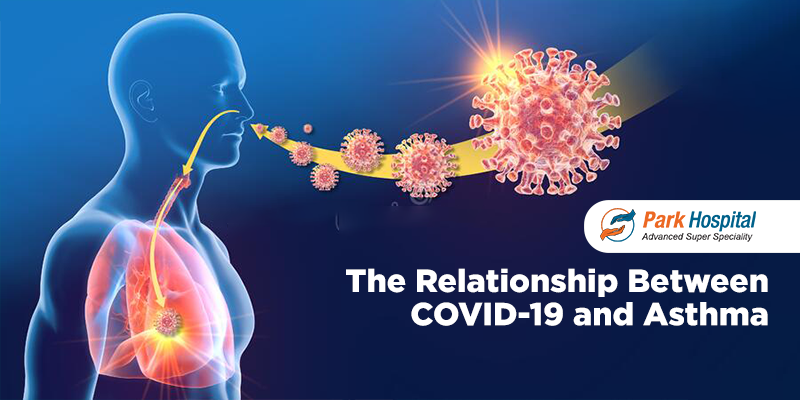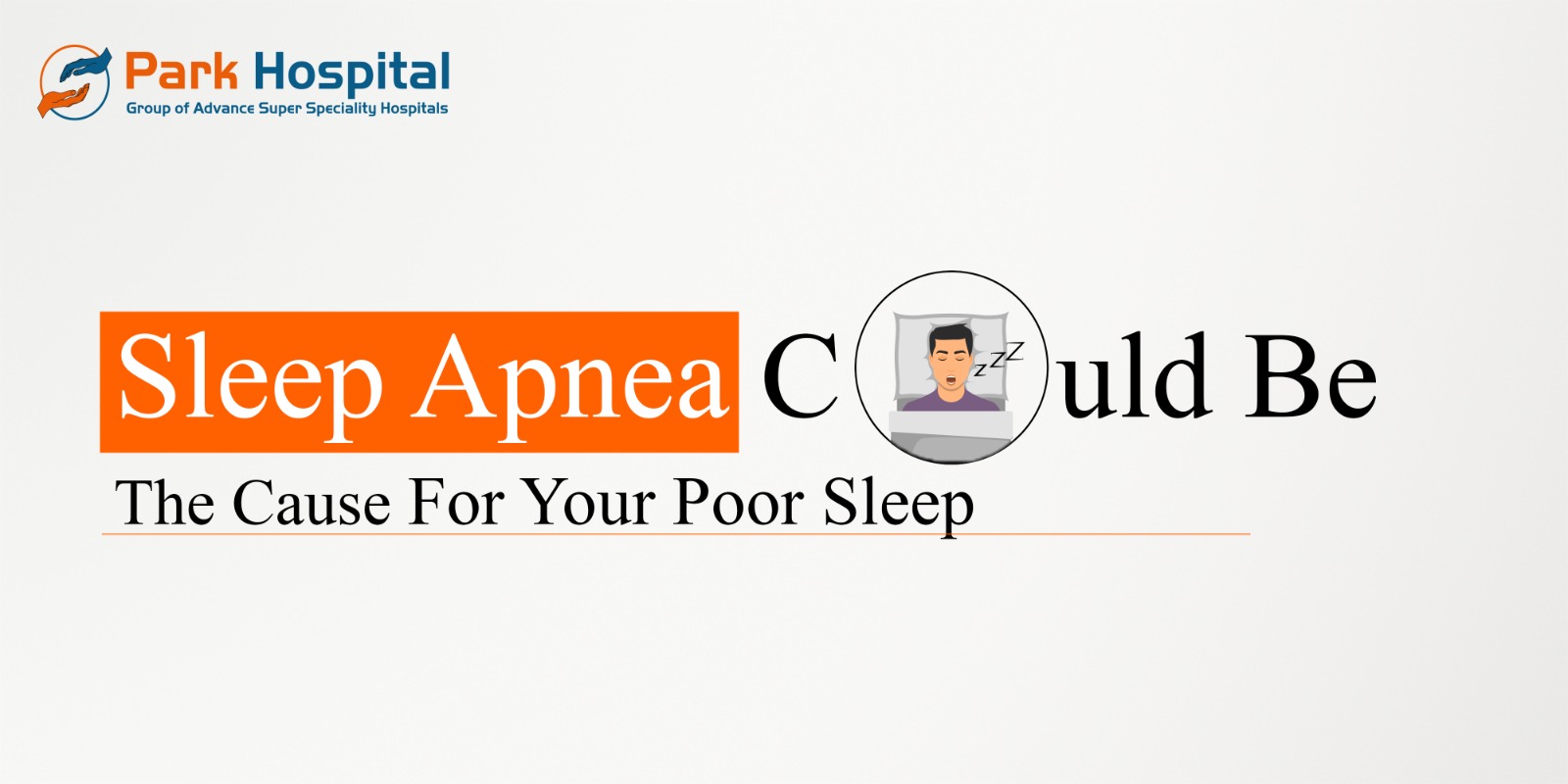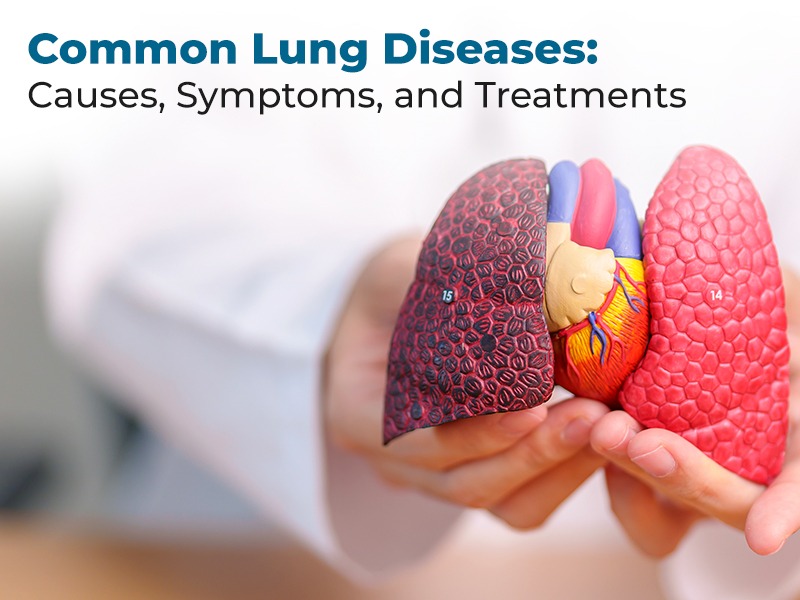Chronic Obstructive Pulmonary Disease (COPD) is a chronic lung disease. Emphysema and chronic bronchitis are two examples of chronic obstructive pulmonary disease. Breathlessness is a feature of this illness. Additionally, some COPD patients report fatigue and a persistent, mucus- or non-mucus-producing cough.
Let us break down COPD to understand it better:
D(Disease)- The lungs have been infected.
Symptoms of COPD
Shortness of breath and coughing are common symptoms of aging, but they could also indicate COPD. COPD can also get into next stage even if you don't notice shortness of breath. Because of this, it's crucial to consult your doctor as soon as you start experiencing these symptoms. Inquire your doctor about scheduling a Spirometry test.
Each person will experience their own unique set of COPD symptoms, but some common ones may include:
· Wheezing
· Shortness of breath
· Coughing
· Fatigue
· Tightness in the chest region
What are the causes of COPD?
1. Smoking- The primary risk factor for COPD is smoking. Most persons with COPD smoke or have smoked in the past. Smokers are more prone to get COPD if they have a family history of the condition.
2. Lung Irritants- Long-term exposure to air pollution, chemical fumes and dust from one's surroundings or place of employment, smoke from unventilated home cooking and heating fuels, and secondhand smoke—the smoke inhaled by others who are smoking—could also be a cause of COPD.
3. Asthma- It is a lung disease that causes swelling and narrowing of the airways, affecting around 1 in 5 persons with COPD.
Prevention and Treatment for COPD:
There is no direct treatment for COPD yet, but one can definitely take specific steps in order to curb the disease.
Quit Smoking: The most crucial step for smokers is to quit smoking entirely. Stay away from smoke and other air contaminants at home and at work.
The following therapies may also be taken into account by your doctor:
Medicine: Medicines can be used to address symptoms like coughing and wheezing.
Pulmonary Rehabilitation: A customized care plan that instructs you on how to control your COPD symptoms to enhance quality of life. Plans can involve discovering healthier breathing techniques, energy-saving techniques, and the best suitable diet and exercise plan for you.
Treating Lung Infections: People with COPD may experience major issues as a result of lung infections. Some vaccinations, such as the influenza and pneumococcal vaccines, are particularly crucial for those with COPD.
Supplemental Oxygen: In case the blood oxygen levels are low, you may need portable oxygen supply.
Short Acting Bronchodilators: The muscles around your airways are quickly relaxed by these drugs, easing symptoms like coughing and shortness of breath. You breathe them in using an inhaler. About 4 to 6 hours pass between the effects. One should only use them before an activity session or when you have symptoms.
Steroids: Your airways' swelling is reduced by steroids. Typically, you inhale them using an inhaler. If you experience frequent COPD flare-ups, inhaled steroids may be helpful. Taking steroids as a tablet is an option if your symptoms worsen.
If you are experiencing breathing issues consistently, you need to consult a pulmonologist. Park Hospital has the best pulmonologists and most advanced technologies to treat breathing disorders or respiratory diseases.







